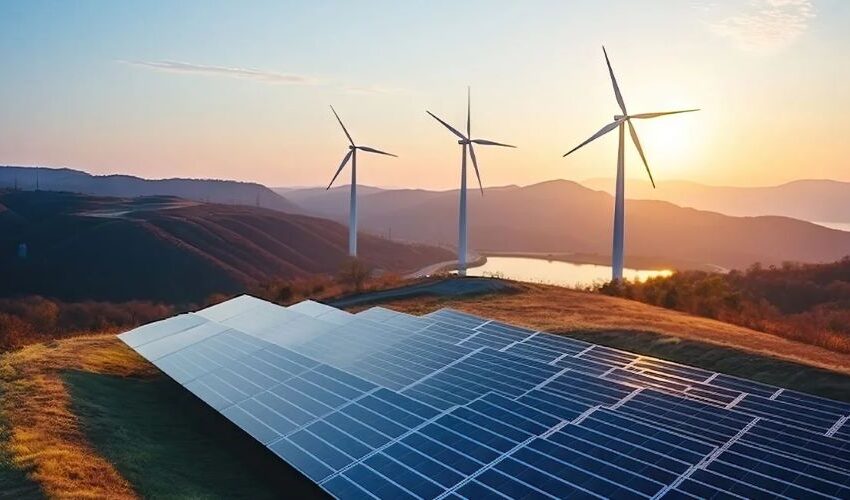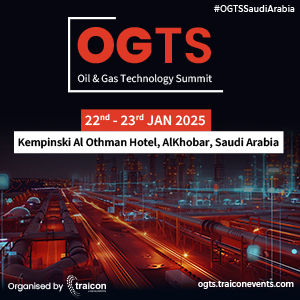
Southeast Asia Needs More Clean Energy Investments
Scaling up clean energy investments is crucial for Southeast Asia to reduce emissions, the International Energy Agency (IEA) said in a new report.
The IEA report said that as of today, the region as a whole attracted only 2% of global clean energy investment despite accounting for 6% of global GDP, 5% of global energy demand and being home to 9% of the world’s population.
The current level of investment will require a fivefold increase – with $190 billion needed in 2035 – to put the region on a pathway consistent with achieving its announced energy and climate goals, the report said.
“Scaling up clean energy investment needs to be accompanied by strategies to reduce emissions from the region’s relatively young fleet of coal-fired plants, which are less than 15 years old on average,” the report noted.
According to IEA, Southeast Asia is set to be one of the world’s largest engines of energy demand growth over the next decade as its rapid economic, population and manufacturing expansions drive up consumption, posing challenges for the region’s energy security and efforts to achieve national climate goals.
Based on the present day’s policy settings, Southeast Asia is on course to account for 25% of global energy demand growth between now and 2035, second only to India over the period and more than double the region’s share of growth since 2010. By mid-century, energy demand in Southeast Asia overtakes that of the European Union.
This growth is led by the electricity sector whose demand in Southeast Asia is set to surge at an annual rate of 4%, the report said, with growing use of air conditioning amid more frequent heatwaves a big driver of increased electricity consumption.
The report also said that clean energy sources such as wind and solar, alongside modern bioenergy and geothermal, are projected to meet more than a third of the growth in energy demand in the region by 2035.
“This is a step up compared with the past but not enough to rein in the region’s energy-related carbon dioxide (CO2) emissions, which are set to increase by 35 percent between now and mid-century,” the report said.
Funding Power Grids
Expanding and modernising the region’s power grids to support greater shares of variable renewable energy will require annual investment in this space to double to nearly $30 billion by 2035 and this includes regional cooperation initiatives such as the ASEAN Power Grid as well renewables-based micro grids to serve islands and communities in remote areas, the report said.
IEA Executive Director Fatih Birol said that Southeast Asia is one of the most economically dynamic regions of the world and is set to account for a quarter of the growth in global energy demand over the next decade as its population, prosperity and industries expand.
Countries in the region have a diverse mix of energy sources including highly competitive renewables. But clean energy technologies are not expanding quickly enough and the continued heavy reliance on fossil fuel imports is leaving countries highly exposed to future risks, Birol said.
“Southeast Asia has made great progress on issues such as energy access, clean cooking and developing clean energy manufacturing, but now it must ramp up efforts to deploy those technologies at home. Access to finance and investment for the region’s fast-growing economies will play a pivotal role in strengthening their energy security and delivering on their emissions reduction goals,” he added.












